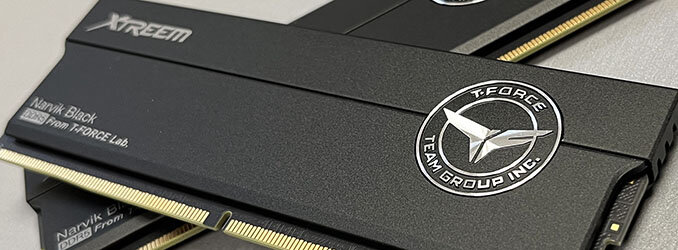It's because all 2x24GB 7000+ kits use the same IC and almost the same main timings at the same frequencies. The main difference is the sub-timings, which sometimes affect compatibility or performance. As mentioned in the review, on current platforms, performance does not scale well past ~7200, so you can see higher scores on higher RAM frequencies, but it doesn't matter much unless you play games at lower display resolutions (more like competitive gaming or benchmarking).
I can already share that the Xtreem RGB 8200 kit will be shipped soon, but you have to wait around three weeks for the review as some other things are in the queue.
